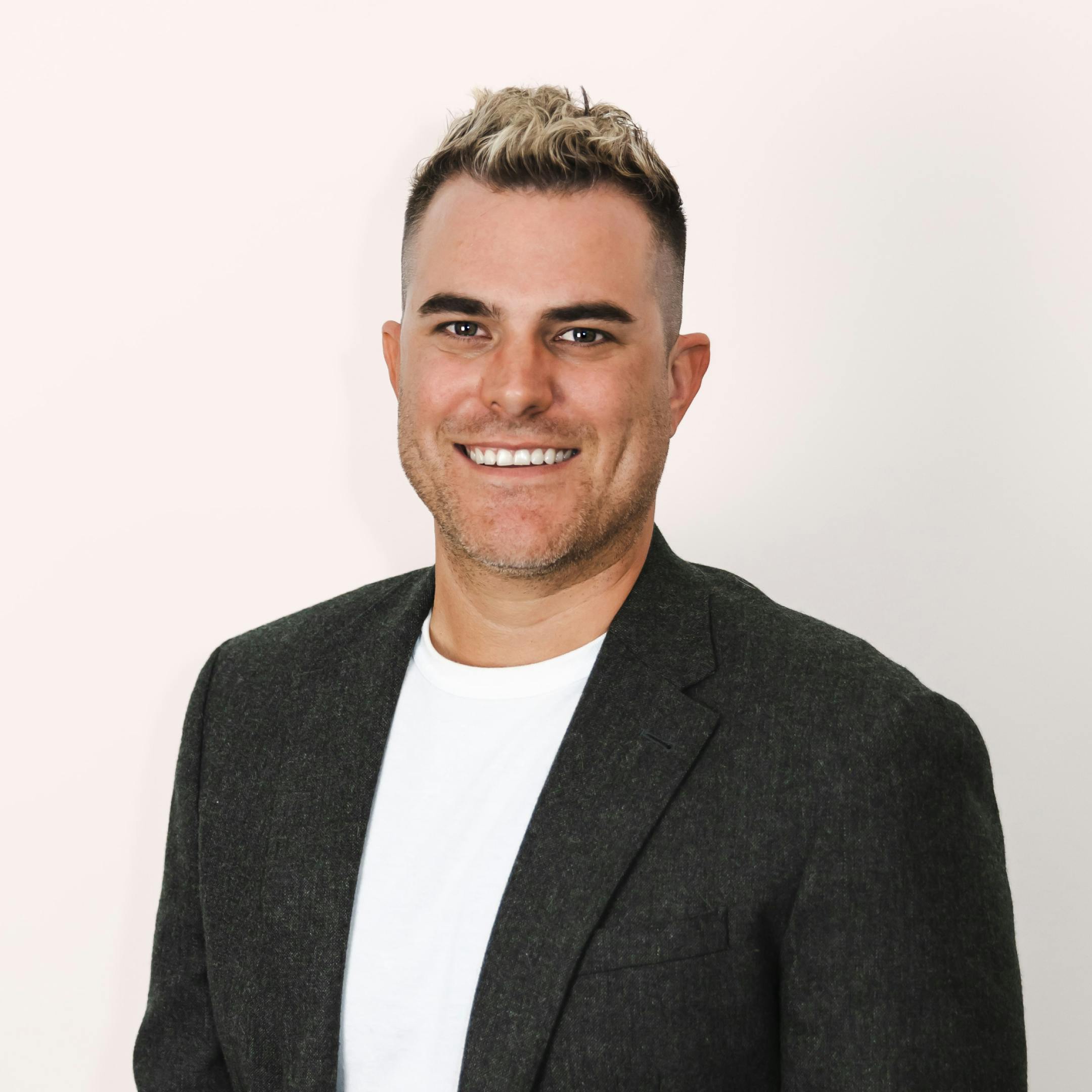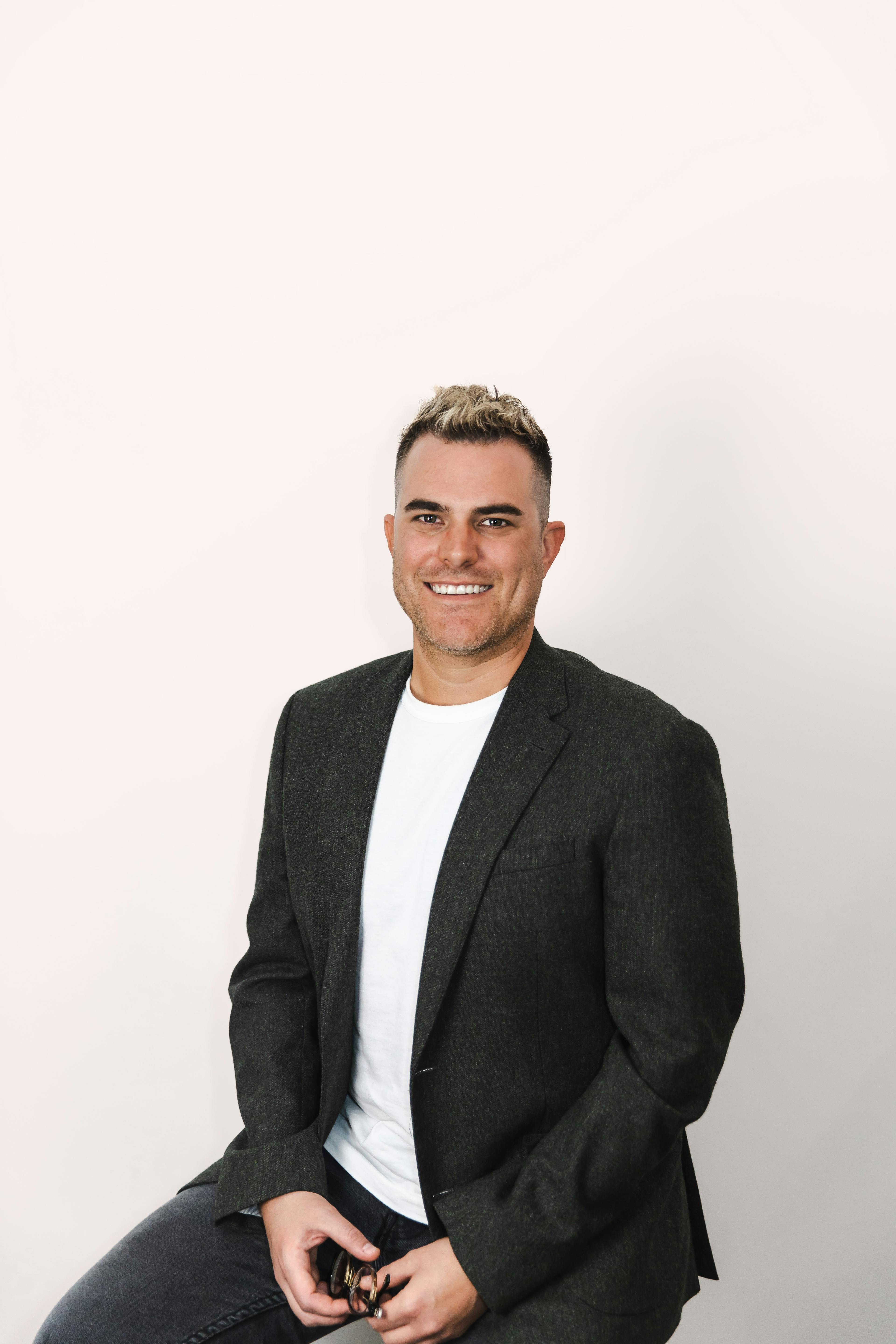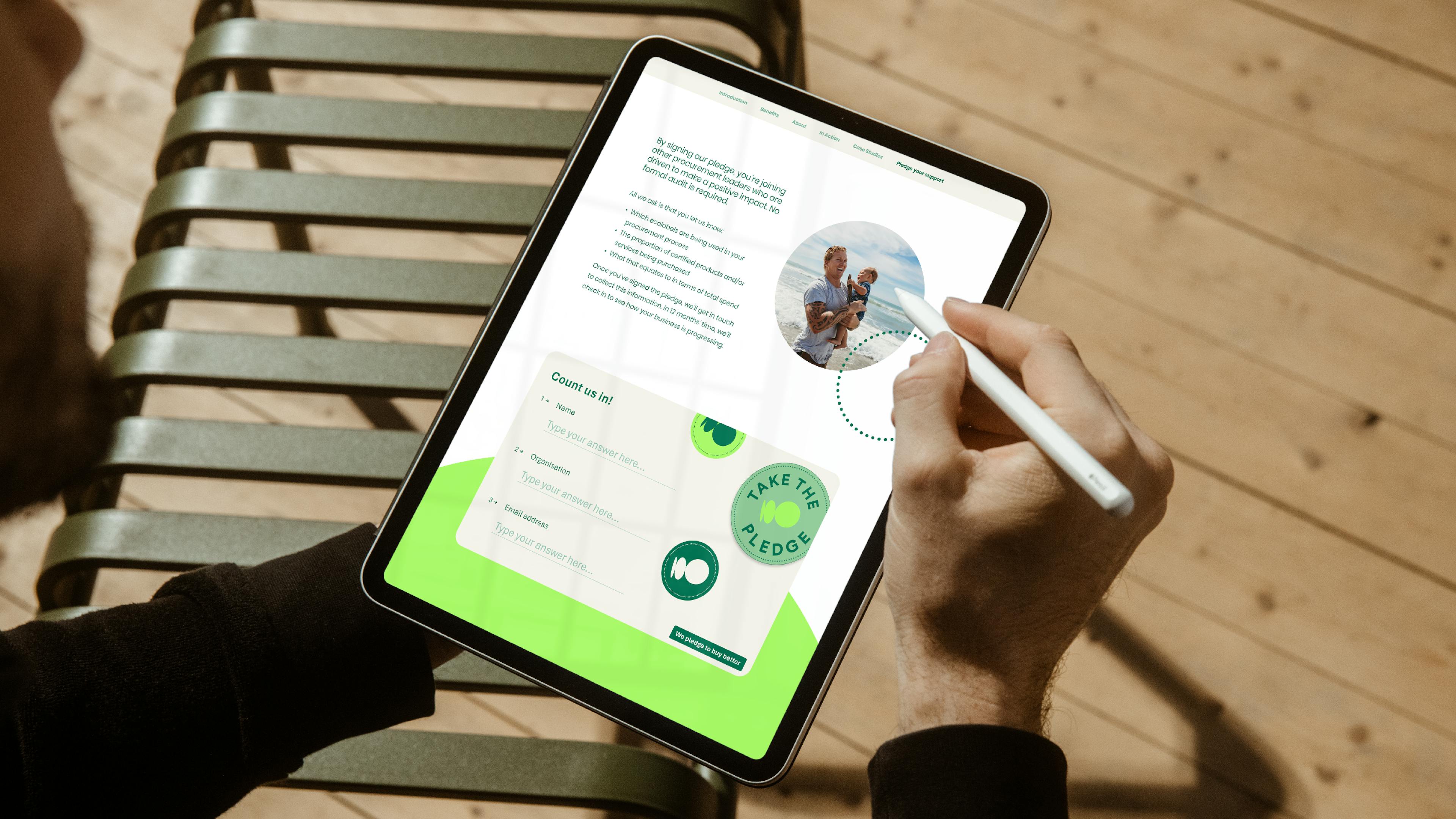
The shift from price to people is changing procurement for good
Written by Nick Dexter - Principal Consultant, Ethical Business and Reporting
Nick Dexter - Principal Consultant, Ethical Business and Reporting
In Aotearoa, sustainability conversations often begin with carbon, water and biodiversity. These issues are vital. But they are only part of the picture.
At a recent business forum in Tāmaki Makaurau, co-hosted by Eco Choice Aotearoa and Edge Impact, a different question came into focus. One that goes beyond emissions and ecosystems, and cuts to the heart of how business is done.
What about people?
That question sparked a conversation about modern slavery, accountability and the role of procurement in creating fairer outcomes. Business, government and civil society leaders gathered to explore how New Zealand can meet rising global expectations on human rights.
The discussion was grounded in uncomfortable facts:
- Around 50 million people are estimated to be living in conditions of modern slavery
- 71 percent of those affected are women and girls
- 26 million are in the Asia-Pacific, where many New Zealand supply chains begin
- New Zealand imports an estimated nearly $8 billion in goods linked to modern slavery
- 71 percent of those affected are women and girls
So how did we get here, and what’s shifting?
This article unpacks what the shift means for procurement teams and the tools that can support meaningful progress.
A quiet transformation in procurement
Procurement was once seen as a transactional function. Its job was to get what was needed, on time, at the right price and to specification.
Now, procurement is being asked to do something much harder. It is being asked to look beyond the contract and into the supply chain. To ask not just what was bought, but how it was made, who made it and whether harm occurred along the way.
Procurement professionals are increasingly expected to:
- Identify and manage human rights risks
- Engage with global and subcontracted supply chains
- Uphold environmental and social values
- Align sourcing with sustainability and ESG commitments
Procurement is no longer just a cost centre. It has become a critical part of how businesses manage risk, show leadership and act on their values.
When transparency is not enough
Modern slavery laws in many countries, including Australia, began with a transparency-based model. These laws require businesses to report on risks, but not necessarily to act on them.
This creates a legal paradox. A company can admit to child labour in its supply chain, say it is taking no action, and still meet the legal requirements. As long as the statement is signed off by the board, it is considered compliant.
In this model, regulators step back and stakeholders are expected to step in. That can work when the risk is visible, such as in local cleaning or security contracts. But in long and complex supply chains, harm often remains hidden.
Many well-intentioned stakeholders feel uncertain about what to ask or how to respond. If the government accepts the report, they assume it must be enough.
That assumption is beginning to change. The legal landscape is shifting.
From disclosure to action
Across Europe and other global markets, laws are moving beyond transparency. Mandatory human rights due diligence is emerging as the new standard.
These laws require companies to identify actual and potential harm, take action to prevent or address it, and face consequences if they fail to do so.
This shift reflects a broader reality. Regulators, investors and customers no longer accept good intentions in place of real accountability. They want evidence that risks are being taken seriously and managed effectively.
The question is no longer “Did you know?”
It is “Are you doing enough with the information you already have?”
In today’s landscape, awareness is just the starting point. What matters now is how business responds.
Acknowledging the presence of modern slavery in supply chains is not a radical act. It's a statement of fact.
As businesses leaders we need to move on from the concern of admitting its existence, and shift to a conversation of how we will be perceived if we are seen to do nothing about it.
Nick Dexter, Principal Consultant,
Human Rights & Modern Slavery Lead

Defining accountability
Real accountability requires more than a policy. It needs structure, clarity and consequence.
That means:
1. Roles and obligations must be clearly defined
2. People must be answerable to others with oversight
3. There must be mechanisms to trigger consequences
In many organisations, responsibility is shared across multiple teams. But when everyone is responsible, no one is accountable. Procurement, legal, operations and executive leadership all have a role to play, but those roles must be clearly mapped.
Building accountability starts by making those responsibilities visible and actionable.
Tools to support the shift
To help organisations meet rising expectations, Edge Impact developed the Pathway to Respecting Human Rights. in partnership with the Property Council of Australia.
The Pathway is a practical maturity framework. It helps organisations understand where they stand, what good looks like and how to build stronger systems over time.
It offers:
- A shared language across teams and business units
- A structure to guide collaboration and next steps
- Access to 58 free tools, templates and case studies
- Peer-based learning to track progress and build momentum
- A scalable approach that can extend across your value chain
While the Pathway was developed for the property sector, the tools and approaches are industry-agnostic and applicable to any organisation looking to embed human rights into business practice.

Edge Impact can support your team across Aotearoa to build ethical, resilient, and human-rights aligned construction practices.
Let’s start a conversation about building systems that deliver real impact. Connect directly with Nick Dexter, or get in touch today.
Related Articles
The Sustainable Procurement Toolkit empowers businesses and governments to drive ethical, sustainable procurement practices.





